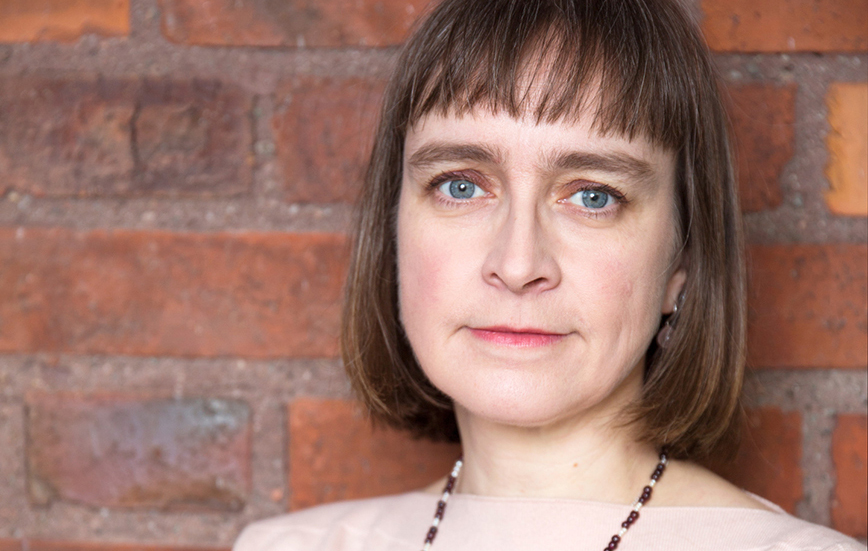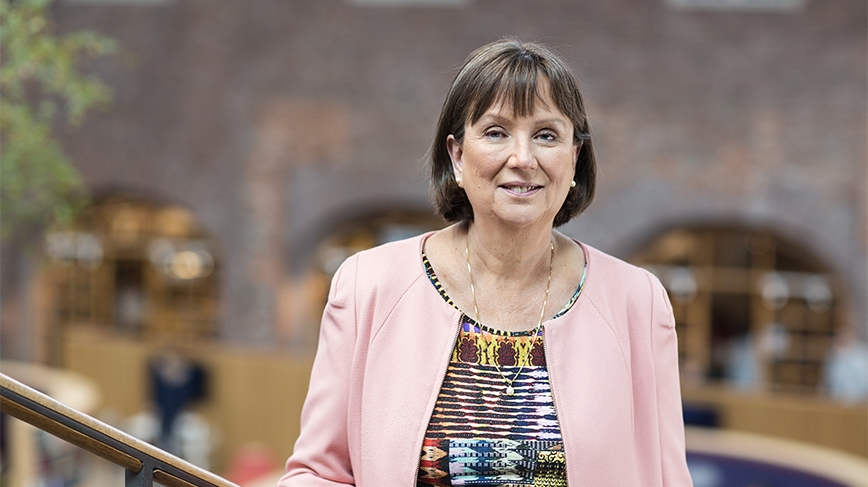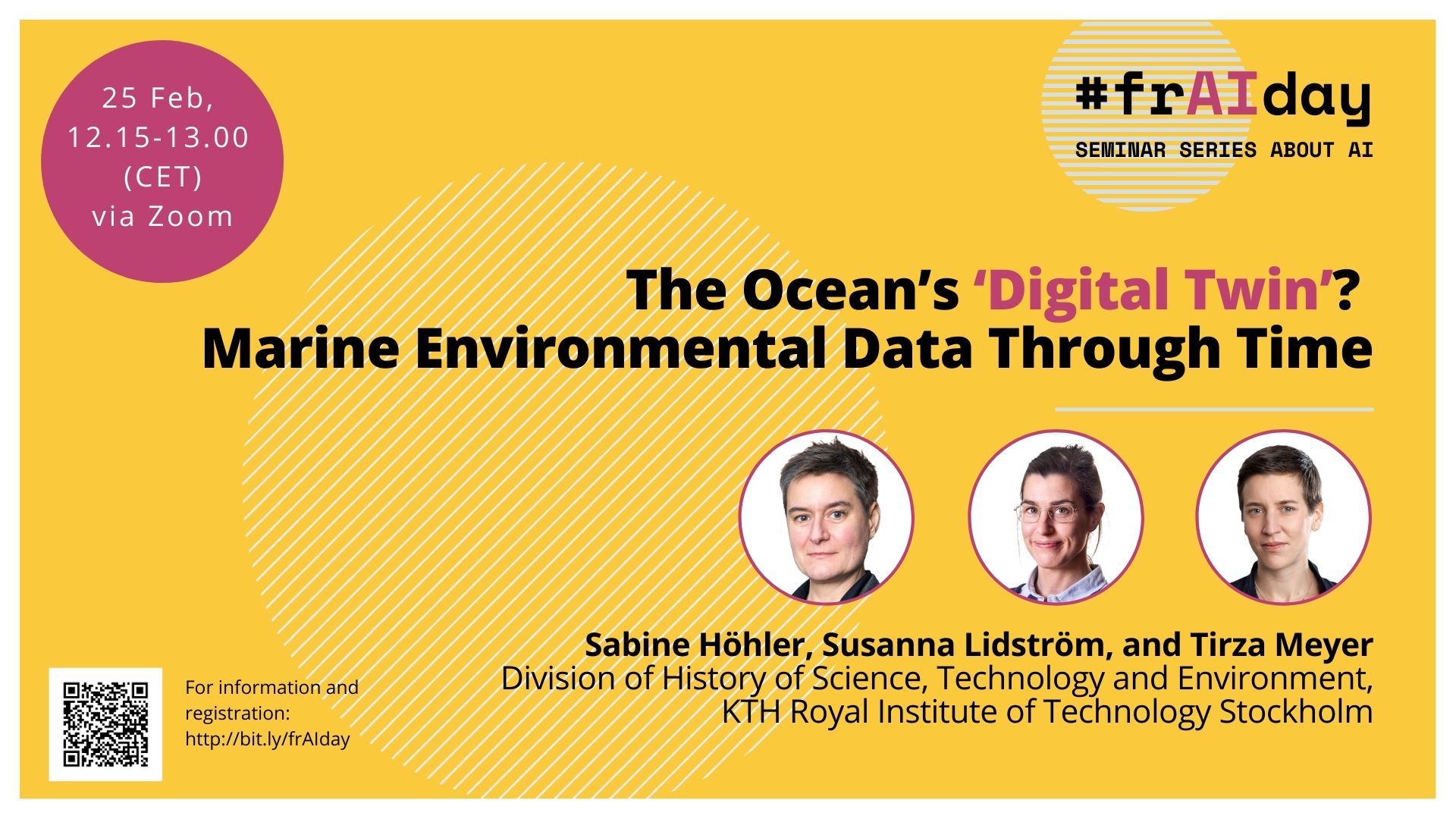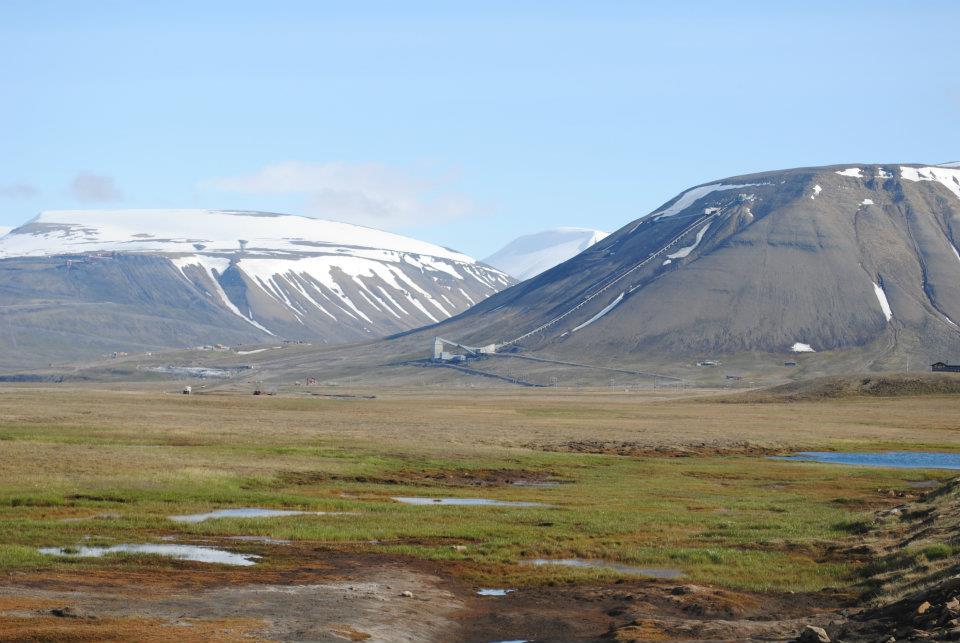Adam Wickberg, researcher in our division, has published a new article together with John Durham Peters (Yale Univesity) in the esteemed journal “Critical Inquiry”, published by the University of Chicago.
In “Media: The Case of Spain and New Spain” Peters and Wickberg develop the new concept of “environing media”. They are focussing on the rich cultural heritage of Mexico, looking back over the last 500 years of its media history.
Here is the abstract of this intriguing piece. If it catches your interest, check out the whole article here.
Abstract
This article develops the new concept of environing media against the case of Mexico’s complex history over the past five centuries. To do this, it stakes out a theoretical development consisting in a shift in understanding from media as content-delivery systems to data processors, combining it with a processual understanding of environment as an ongoing and historical process of environing.
In addition, the article discusses examples of indigenous media, an area that has so far received very little attention. The Aztec empire was as dependent on media forms as the Spanish colonizers who replaced it, and there are numerous cases of knowledges and practices surviving in hybrid forms, for example as part of maps. For much of its history, the field of media studies has been biased toward questions of (1) ideological or attitudinal influence caused by (2) modern or emergent technologies.
This article goes in another direction by thinking about media as (1) environing and (2) residual. Media are agencies of civilizational and environmental order. The rise of digital media in recent decades has reinforced the fundamental logistical role of media as agencies that arrange, catalog, organize, network, and index people, places, and things. Our understanding of media as fundamental constituents of organization joins the recent interest in infrastructures. Calendars, clocks, towers, names, addresses, maps, registers, arms, and money are all infrastructural media. Such media become second nature, morphing biorhythms and altering ecosystems.
Today’s planetary digital infrastructure builds upon the long legacy of resource management via databases. We argue for a longer genealogy of the nature shaping logistical role of media that is so evident today. In this article, we refine and exemplify these claims via a case study of some environing media in Mexico, a country with a deep and rich media history.












